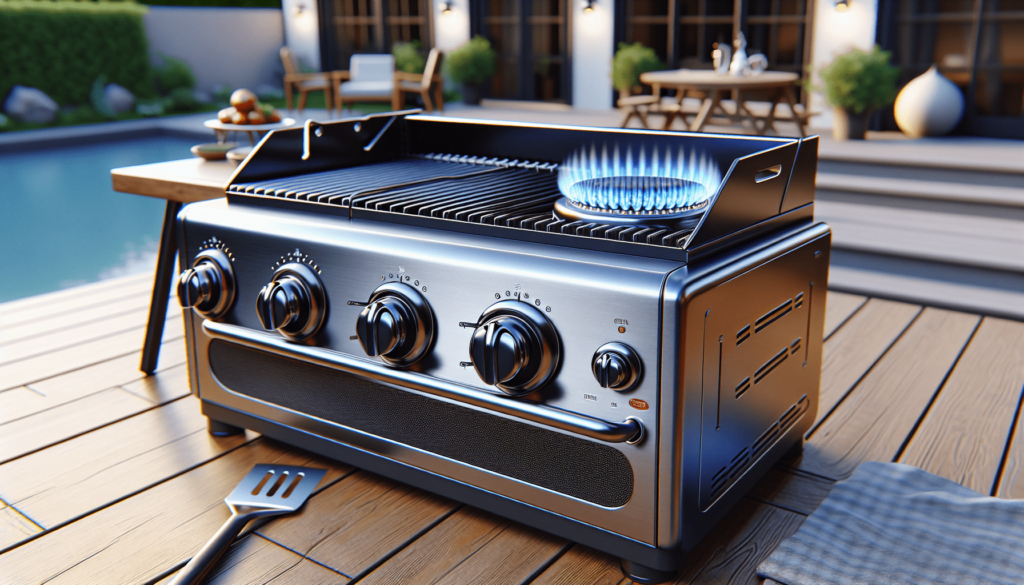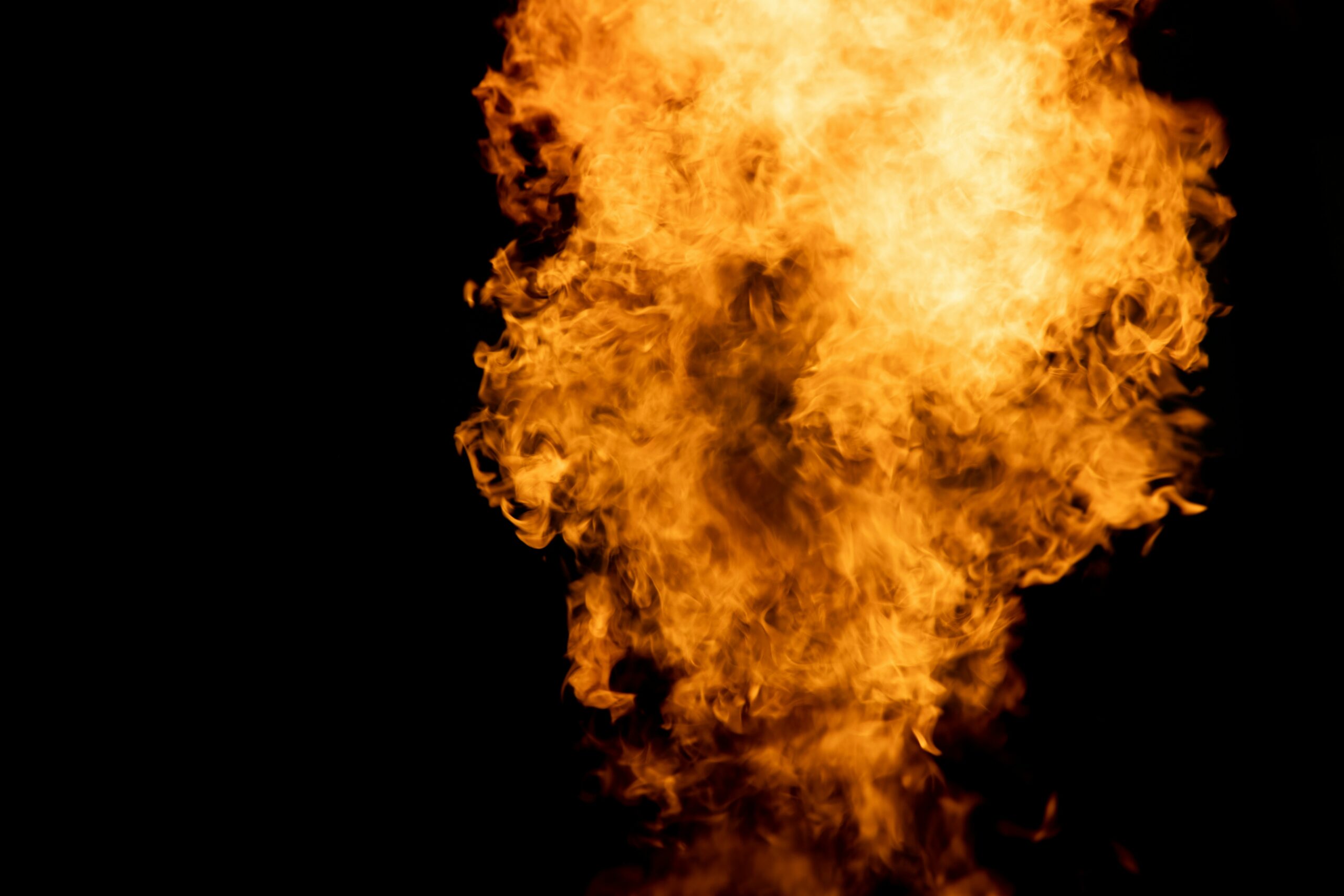Have you ever found yourself wondering how your grill’s side burner bursts into life with a simple turn of a knob? If you’ve been curious about the magic behind this everyday marvel, you’re definitely not alone. The side burner of a grill can be an incredibly useful tool, allowing you to prepare side dishes, simmer sauces, or keep food warm while the main grill is in use. Understanding how it works can not only satisfy your curiosity but also equip you with the knowledge to troubleshoot any potential issues.
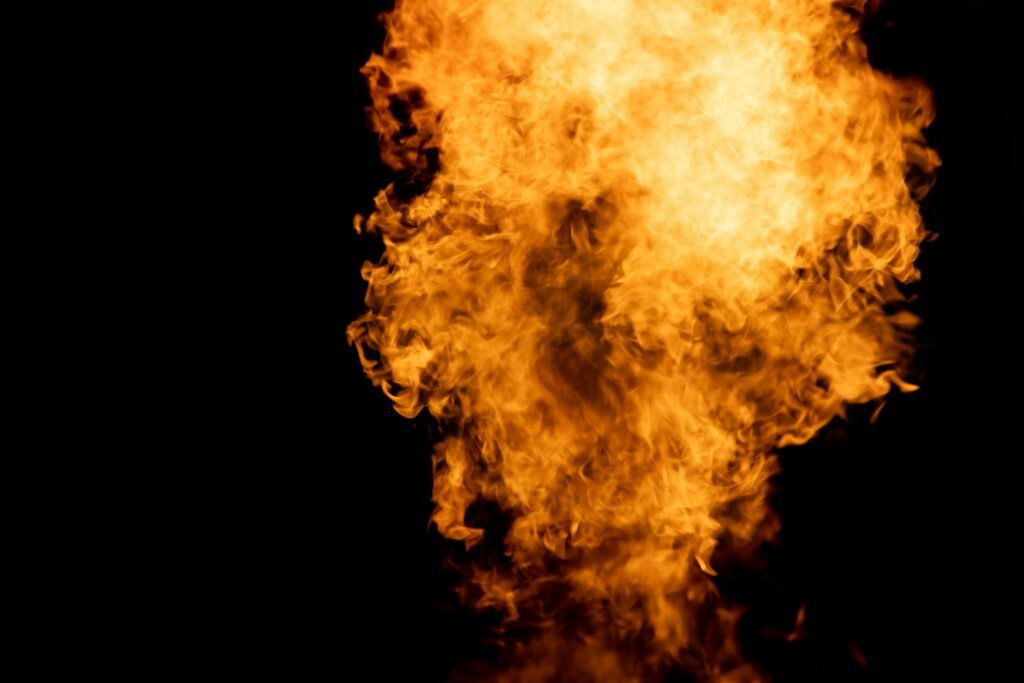
What is a Grill Side Burner?
A grill side burner is a smaller, additional burner situated on the side of a gas grill. It’s akin to a stove burner, designed for cooking side dishes or sauces. Many homeowners find it to be an indispensable part of their outdoor cooking arsenal, offering flexibility and convenience for more complex culinary endeavors.
Types of Side Burners
Understanding the different types of side burners can help you better appreciate their design and functionality. Here are the most common types:
| Type | Description |
|---|---|
| Standard | Typically features one burner, intended for boiling or simmering |
| Infrared | Heats up quickly and reaches higher temperatures, suitable for searing |
| Rotisserie | Designed specifically for rotisserie cooking, often includes a motorized spit |
| Dual burners | Comes with two individual burners, offering more cooking flexibility |
Components of a Side Burner
Identifying the main components of a side burner helps you understand what parts work together to ignite the flame. Here’s a breakdown:
Burner
The burner is the component where the flame is produced. It’s typically made of stainless steel or cast iron and has small holes through which gas flows and ignites.
Ignition System
This is the magic component that lights the burner. Most commonly, you’ll find either a piezoelectric igniter or an electronic ignition system in modern grills.
| Ignition Type | Description |
|---|---|
| Piezoelectric Igniter | Uses the physical force of pressing a button to create a spark |
| Electronic Ignition | Uses battery power to generate a spark, often activated by pressing a button or turning a knob |
Gas Supply
Side burners are fueled by propane or natural gas. The gas is supplied through a hose connected to a larger tank or a fixed gas line.
Control Knob
This component allows you to regulate the flow of gas to the burner, enabling you to control the intensity of the flame.
How Does the Ignition System Work?
Understanding the ignition system is crucial to knowing how your side burner ignites. Whether it’s a piezoelectric system or electronic ignition, the core principle remains the same: creating a spark to ignite the gas.
Piezoelectric Ignition
Piezoelectric ignition systems are simple yet highly effective. When you press the ignition button, it generates a mechanical force. This force hits a quartz crystal, producing a voltage high enough to create a spark. The spark then ignites the gas flowing through the burner.
| Steps of Piezoelectric Ignition | Description |
|---|---|
| Pressing the button | Mechanical force is applied |
| Quartz crystal is struck | Force generates a high voltage through the crystal |
| Spark is produced | Voltage creates a visible spark |
| Gas ignites | Spark ignites the gas |
Electronic Ignition
Electronic ignition systems use battery power to create a spark. When you activate them by pressing a button or turning a knob, an electrical current flows to an electrode near the burner. The current jumps a small gap, generating a spark that ignites the gas.
| Steps of Electronic Ignition | Description |
|---|---|
| Activating the system | Button is pressed or knob is turned |
| Electric current is generated | Battery sends current to an electrode |
| Spark is produced | Current jumps a gap, forming a spark |
| Gas ignites | Spark ignites the gas |
Initial Setup and Safety Precautions
Before you even think about igniting your side burner, it’s essential to ensure everything is set up correctly and safely.
Pre-Ignition Checklist
Here’s a checklist to guide you through the initial setup:
- Check Gas Connections: Ensure the gas hose is securely connected and that there are no leaks.
- Inspect Burners: Make sure the burner and its holes are clear of any obstructions.
- Verify Ignition System: Check the battery (if applicable) and make sure the igniter is functioning.
Safety Tips
When dealing with gas and ignition systems, safety cannot be overstated:
- Always read the manual: Every grill and side burner is different; make sure to consult your specific manual.
- Keep flammable materials away: Ensure no flammable liquids or objects are near the burner.
- Adequate Ventilation: Always use your grill in an open, well-ventilated area to avoid gas accumulation.
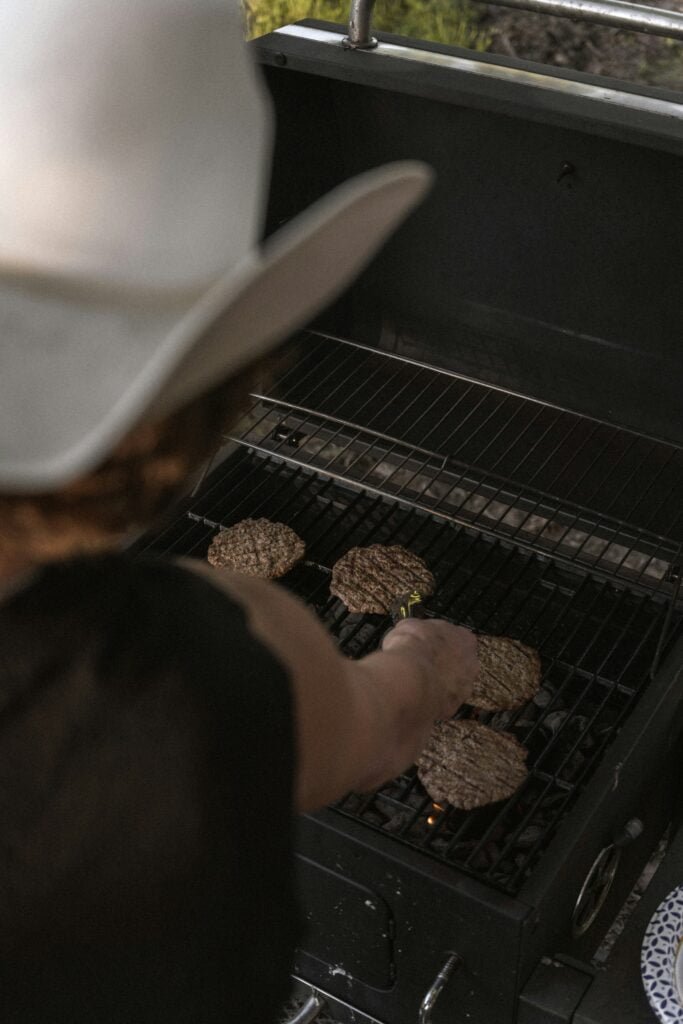
Detailed Step-by-Step Ignition Process
Now that you have a basic understanding, let’s get down to the specifics of igniting your grill side burner. The process can be broken down into manageable steps.
Step 1: Turn On the Gas Supply
Ensure that your gas supply, whether it’s propane or natural gas, is turned on. For propane tanks, turn the valve counterclockwise to open it. Natural gas users should ensure the gas line valve is open.
Step 2: Position the Control Knob
Locate the control knob for the side burner. Usually, it will have markings indicating different settings like “Off,” “Low,” “Medium,” and “High.” Turn the knob to the “Ignite” or “Start” position. For some burners, you may need to hold it in this position for a few seconds to allow gas to flow.
Step 3: Activate the Ignition System
Depending on your ignition system, this may involve pressing a separate ignition button:
- Piezoelectric Ignition: Press the ignition button firmly to create a spark.
- Electronic Ignition: Turn the knob or press the button to generate a spark.
Step 4: Observe the Flame
Once the spark is generated, you should see a flame ignite at the burner. Continue to hold the control knob in the “Ignite” position for a few seconds to ensure the burner stays lit.
Step 5: Adjust the Flame
After the burner is lit, you can adjust the flame to your desired level by turning the control knob to “Low,” “Medium,” or “High.”
Troubleshooting Common Issues
Even with the best equipment, issues can arise. Here’s how you can troubleshoot some of the most common problems associated with igniting a grill side burner.
Burner Won’t Ignite
If the burner won’t ignite, there are several things you can check:
- Gas Supply: Make sure the gas supply is on and that the tank has enough fuel.
- Ignition System: Verify that the ignition system is functioning. Replace the battery if you have an electronic igniter.
- Obstructions: Ensure that the burner holes are not blocked.
Weak Flame
A weak flame usually indicates a problem with gas flow:
- Check Connections: Ensure all gas connections are secure.
- Gas Pressure: Low gas pressure can be due to a partially closed valve or a near-empty tank.
- Burner Cleanliness: Clean the burner to remove any obstructions or debris.
Ignition Delay
If there’s a noticeable delay between activating the ignition system and the burner lighting up, this can signify a few issues:
- Gas Flow Delay: Make sure the gas is flowing immediately when you turn the knob.
- Ignition Spark: Ensure the spark is strong enough to ignite the gas.
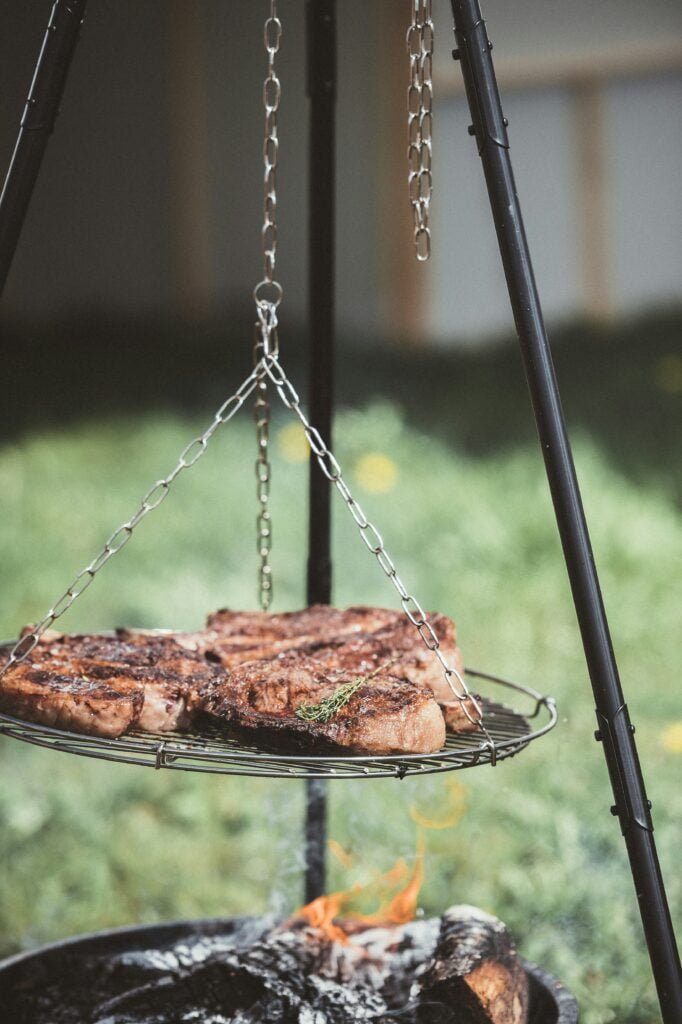
Maintenance Tips
Regular maintenance is essential to keep your side burner functioning smoothly and safely.
Cleaning
To maintain the efficiency and longevity of your side burner, regular cleaning is necessary:
- Burner Holes: Ensure the burner holes are free of debris. Use a small brush or pin to clean them.
- Grates: Clean the grates regularly with a grill brush.
- Ignition System: Make sure the ignition system is clean and free from grease buildup.
Gas Line Inspection
Periodically inspect your gas lines for wear and tear. Replace any hoses that show signs of cracking or other damage.
Seasonal Checks
Before the grilling season starts, perform a comprehensive check:
- Test Ignition: Make sure the ignition system is still working efficiently.
- Check Gas Levels: Ensure you have enough gas in the tank.
- Inspect Burners: Clean and inspect burners for any signs of damage or wear.
Conclusion
Understanding how your grill side burner ignites can bring you one step closer to becoming a grill master. Knowing the intricacies of the ignition system, from piezoelectric igniters to electronic versions, gives you the power to troubleshoot and maintain your equipment efficiently. Following safety protocols and regular maintenance will ensure you enjoy years of reliable performance from your side burner.
So, the next time you fire up your grill’s side burner to simmer a sauce or cook a side dish, you’ll do so with newfound appreciation and confidence.
